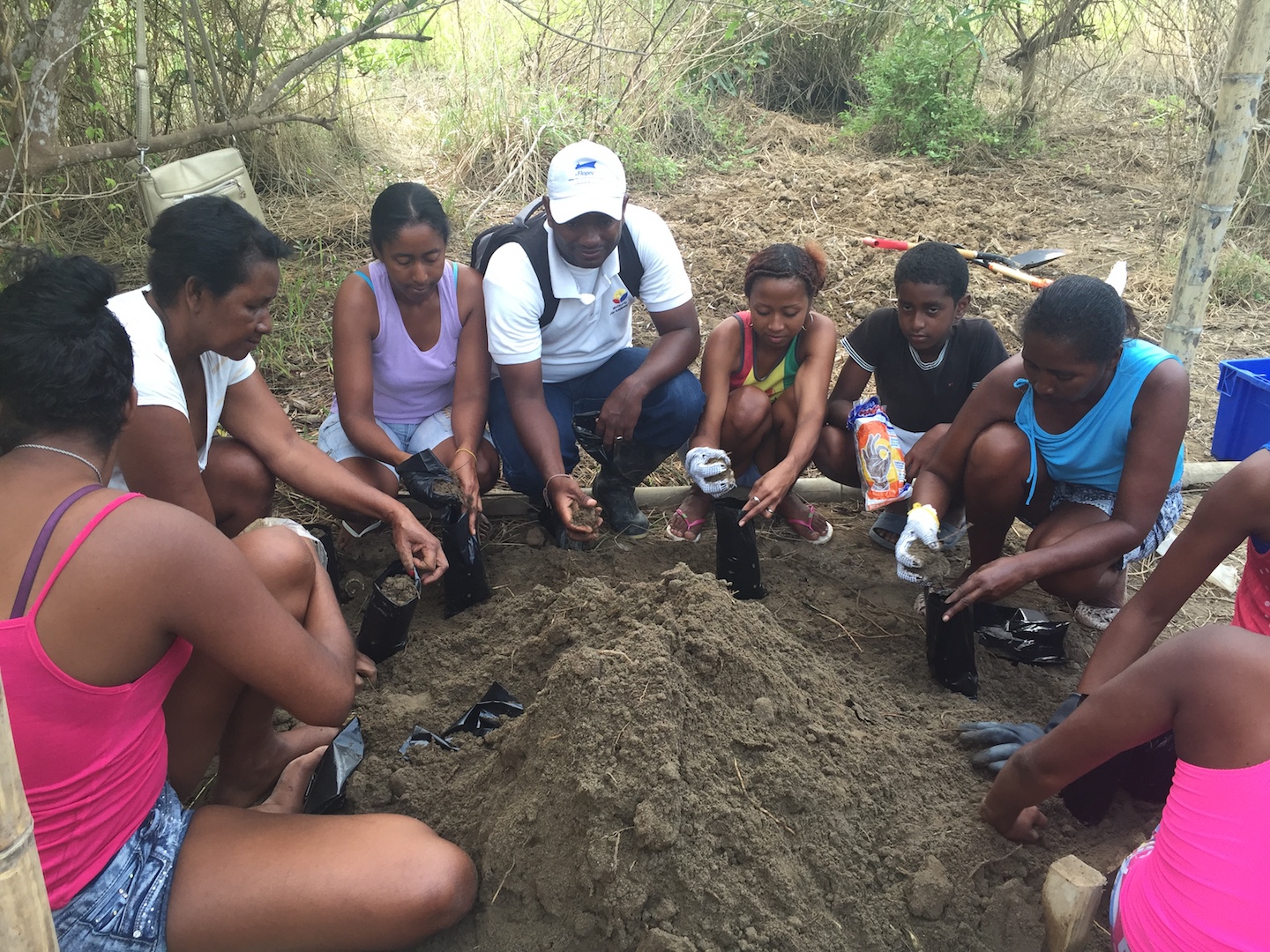Soariake is an IUCN category VI MPA, that aims at protecting natural ecosystems while allowing the sustainable use of natural resources. It is currently co-managed by WCS and local community gathered in Soariake Association.
Local communities are at the same time actors and victims of overfishing. As MPA co-manager, WCS is in charge of scientific research and monitoring to assess the value of the site, communicate, raise awareness and support local communities to identify and implement suitable conservation measures, identifying alternatives to better manage natural resources, and identifying key partners if needed. WCS also provides capacity building in terms of project management, social organization and fishing regulation; thus ensuring the integrity of the MPA and the livelihoods of the communities.
WCS also supports the local community to define different zoning of the MPA, local conventions on resource management, ensure patrolling through Community Control and Surveillance, collect fish catch data, and promote alternatives that are environmental friendly.
Community involvement in the management of the MPA is key to build a local ownership, one pillar to warrant sustainability of on ground activities.
